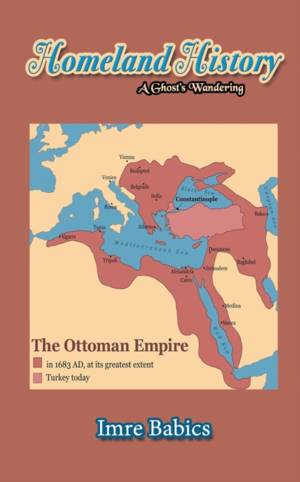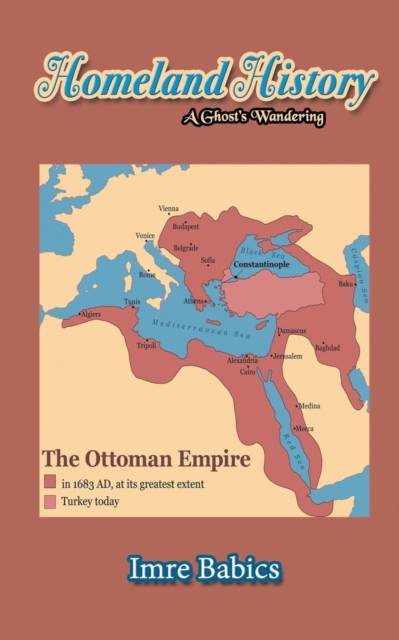
- Retrait gratuit dans votre magasin Club
- 7.000.000 titres dans notre catalogue
- Payer en toute sécurité
- Toujours un magasin près de chez vous
- Retrait gratuit dans votre magasin Club
- 7.000.0000 titres dans notre catalogue
- Payer en toute sécurité
- Toujours un magasin près de chez vous
Description
This historical ghost story describes the defeat of Hungarian nobles by the Ottoman Turks in the 16th century. It then turns to the re-conquest, expulsion of the Turks, and repopulation of the area by two "enlightened" Habsburg emperors, Joseph II and Leopold II. The Habsburgs accepted a mix of immigrants, including Germans, French, Czech, Hungarian, Slovak, Croatian, Serb, Romanian, and Jewish settlers in an "Eastern Land Rush." The final part of the story deals with the murder in Sarajevo on June 28, 1914, of the heir to the Habsburg crown, Archduke Franz Ferdinand, which precipitated World War I. The postscript attributes current and recent changes worldwide to the poorly settled issues after the First World War. Homeland History offers a brief overview of the complexities of this small area of East Central Europe. The author imagines his ghost following the history of events from the 16th century to modern day, and notes the "the unfortunate and incompetent meddling of Western politicians into affairs of countries of which they know nothing, creating and splicing up countries, and building walls and fences instead of bridges." Imre Babics grew up in Vojvodina (Vajdasag), the area discussed in this book. He experienced ethnic cleansing and genocide first hand as a child when his father was killed by Tito partisans. He moved from Yugoslavia (now Serbia) to Hungary, then to France, Canada, and the USA. He speaks five languages with native fluency. He earned a doctorate in veterinary medicine in France, and a Ph.D. in microbiology and immunology from Colorado State University. Before retirement in 2000, he was professor and department chair at Iowa State University. Publisher's website: http: //sbprabooks.com/ImreBabics
Spécifications
Parties prenantes
- Auteur(s) :
- Editeur:
Contenu
- Nombre de pages :
- 42
- Langue:
- Anglais
Caractéristiques
- EAN:
- 9781628573138
- Date de parution :
- 17-07-15
- Format:
- Livre broché
- Format numérique:
- Trade paperback (VS)
- Dimensions :
- 127 mm x 203 mm
- Poids :
- 54 g

Les avis
Nous publions uniquement les avis qui respectent les conditions requises. Consultez nos conditions pour les avis.






